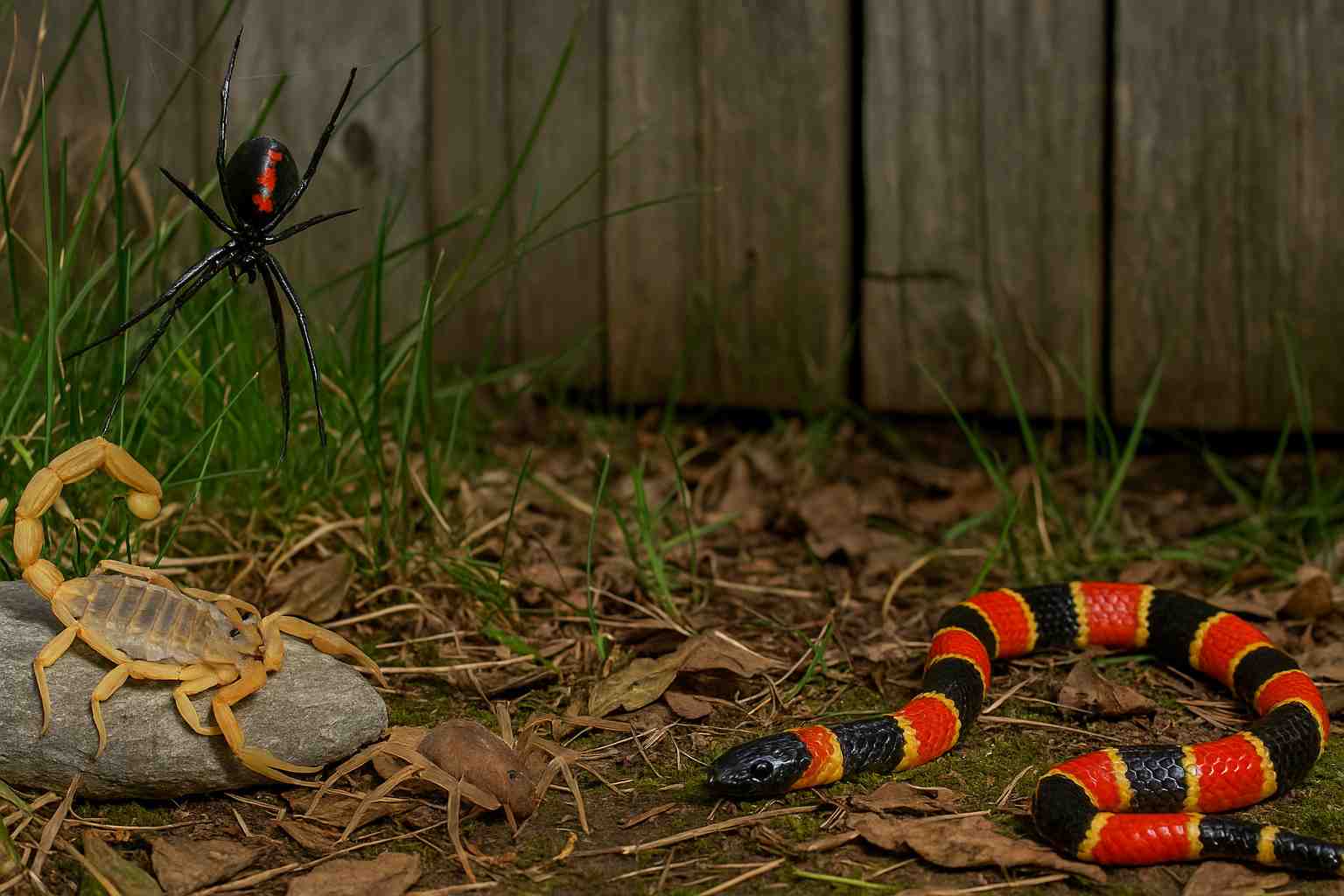The serenity of a backyard often masks the hidden world of creatures carrying potent toxins. Many poisonous animals live closer than we think, lurking beneath rocks, nestled in leaf litter, or perched quietly on plants. Understanding who shares our outdoor spaces is essential—not to provoke fear, but to promote safety, respect for wildlife, and practical awareness. Here’s a closer look at fifteen poisonous animals that might be in your own backyard—and how to coexist safely with them.
1. Brown Recluse Spider
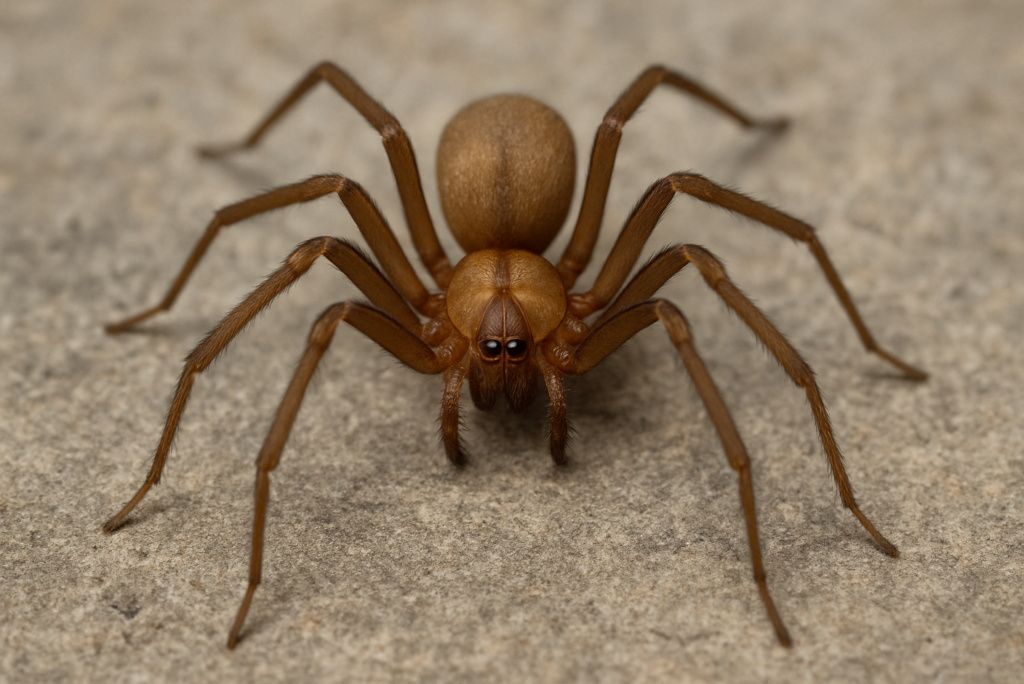
Brown recluse spiders, often identified by their violin-shaped marking, are among North America’s most infamous venomous arachnids. Native to the Midwest and southern U.S., they prefer dry, undisturbed places like woodpiles, garages, or sheds. Their venom contains enzymes that can cause necrotic lesions, though severe reactions are rare.
Despite their reputation, brown recluses are shy, and bites typically occur when they’re trapped against skin. If bitten, seek medical help promptly to reduce tissue damage. To prevent encounters, keep areas clutter-free and shake out clothing stored in garages or basements. Learn more about brown recluse spiders and bite management from the Centers for Disease Control and Prevention.
2. Eastern Coral Snake
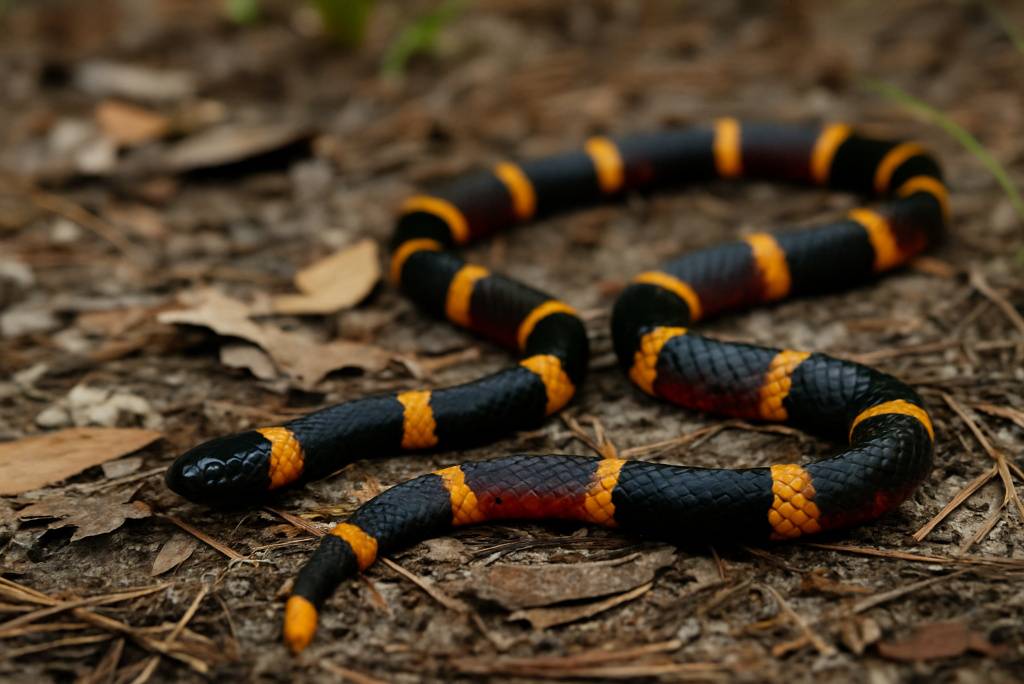
Known for their vibrant bands of red, yellow, and black, eastern coral snakes live in the southeastern U.S. They’re shy, spending much of their time under leaf litter or logs. Coral snakes are often confused with non-venomous lookalikes like the scarlet kingsnake.
Unlike many venomous snakes that deliver hemotoxic bites, coral snakes have potent neurotoxic venom affecting breathing and nerve function. Bites are rare but can be life-threatening if untreated. Always observe snakes from a safe distance and avoid handling any snake you can’t positively identify. Visit the Florida Museum for identification tips.
3. Arizona Bark Scorpion
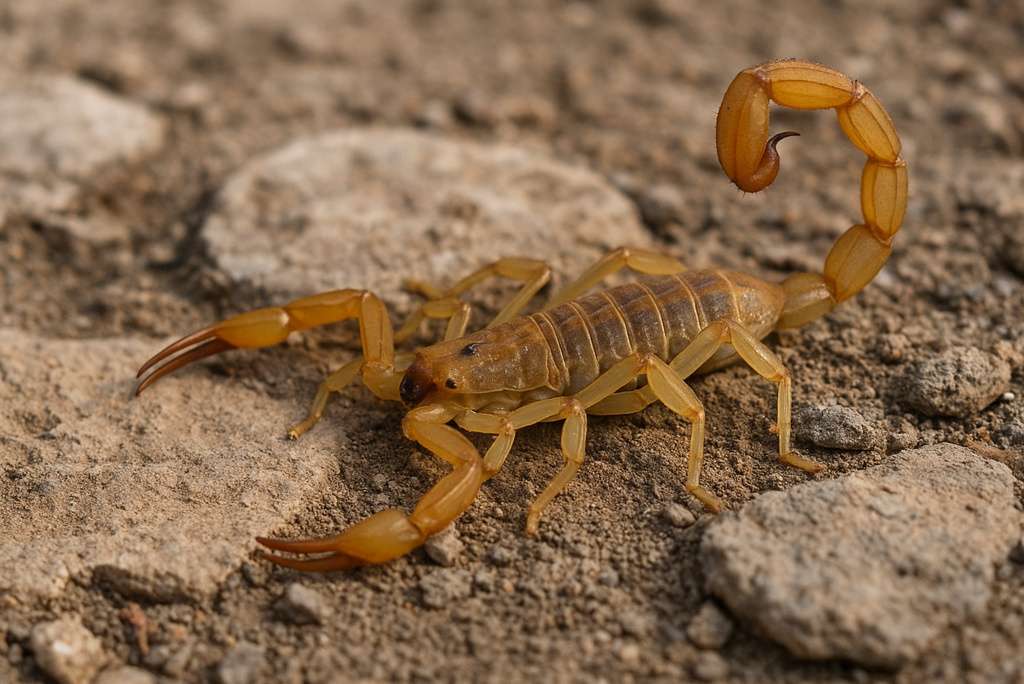
Found primarily in the southwestern United States, the Arizona bark scorpion holds the title of the most venomous scorpion in North America. Small and tan, they often hide in crevices, shoes, or under rocks. Their sting can cause pain, numbness, and serious reactions in children or vulnerable adults.
Surprisingly, bark scorpions can climb walls and ceilings, sometimes dropping onto unsuspecting people below. To reduce encounters, seal cracks in walls and shake out bedding or clothing left on the floor. Read more from the University of Arizona Cooperative Extension about prevention and first aid.
4. Southern Black Widow Spider
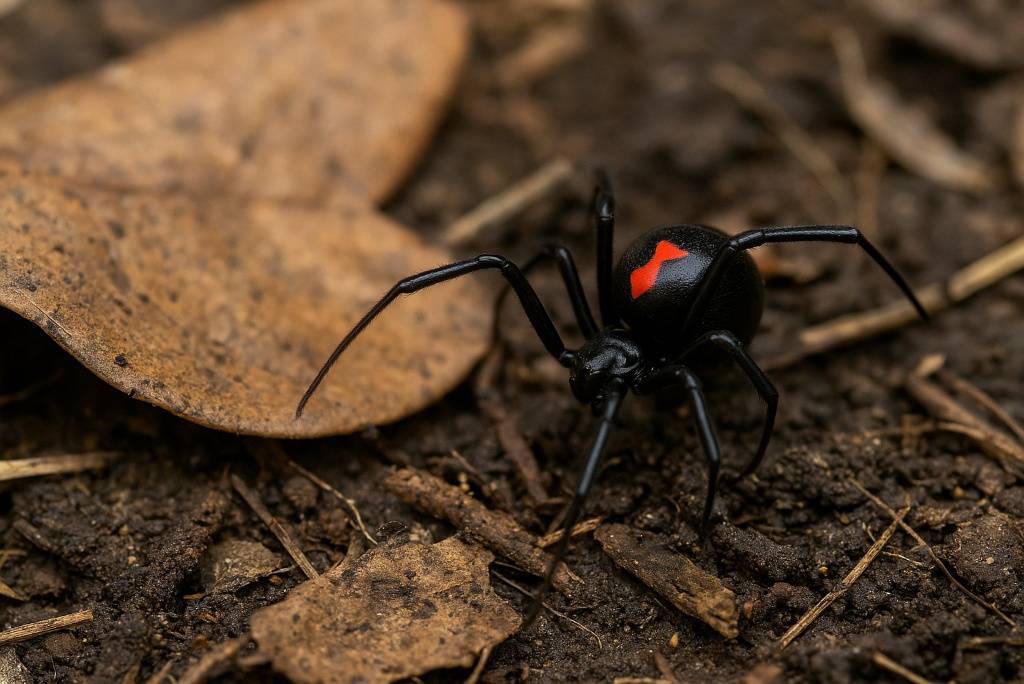
Easily recognised by its shiny black body and red hourglass mark, the southern black widow spins webs in quiet areas like sheds, woodpiles, or under patio furniture. Its venom contains neurotoxins causing muscle pain, cramps, and nausea, though fatalities are extremely rare.
Bites usually occur when the spider is disturbed. Regularly inspect and clean cluttered areas where widows may hide. If bitten, seek medical attention to manage symptoms. For identification and safety info, check the National Pest Management Association.
5. American Toad
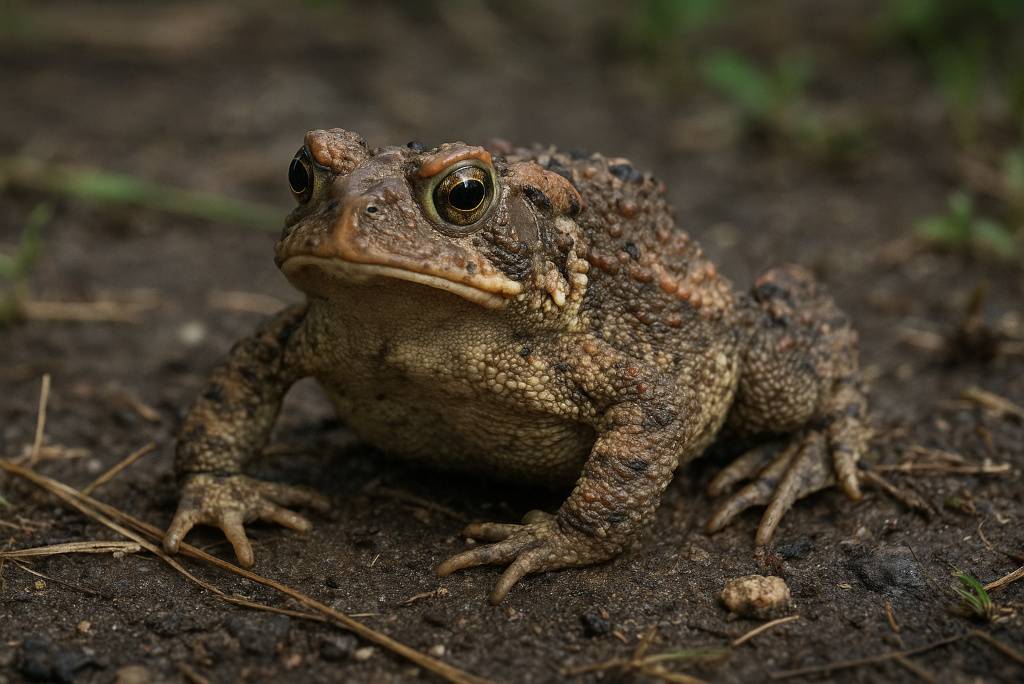
While toads seem harmless, the American toad secretes bufotoxins from glands behind its eyes as a defence. If ingested or rubbed into mucous membranes, the toxin can cause drooling, vomiting, or even cardiac issues in pets. Humans typically experience irritation rather than severe poisoning unless they handle the animal and then touch their eyes or mouth. Encourage kids and pets to observe wildlife rather than handling it. Learn more at Penn State Extension.
6. Cane Toad
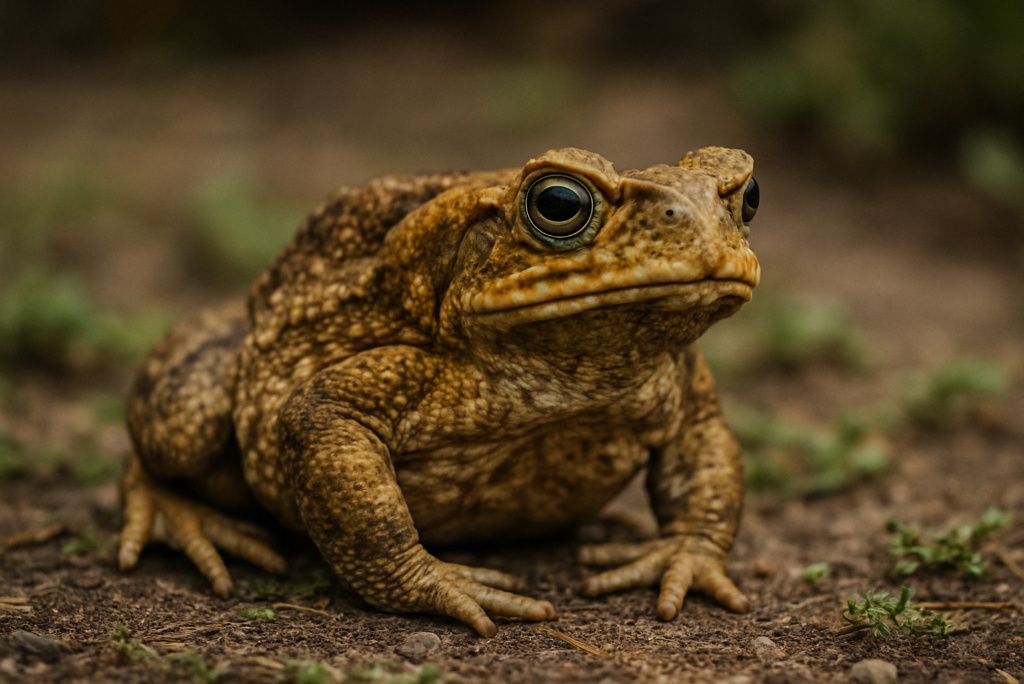
Cane toads, invasive in parts of Florida and Texas, produce potent toxins that can kill predators. These large, warty amphibians secrete a milky substance that can cause seizures or death in pets if ingested. Humans may experience eye irritation or allergic reactions. Removing standing water and securing pet food helps deter these toads. For safe removal tips, see University of Florida IFAS Extension.
7. Fire Ants
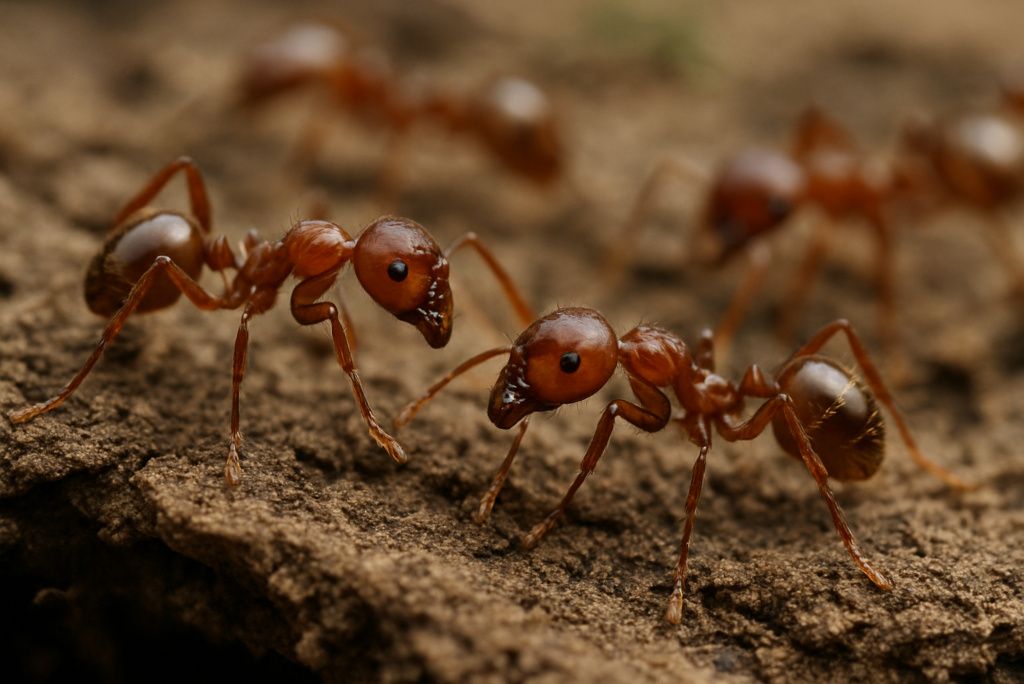
Imported fire ants, especially prevalent in the southern U.S., are aggressive insects delivering painful, venomous stings. Multiple stings can cause burning, pustules, and, in rare cases, severe allergic reactions. Fire ants thrive in lawns, gardens, and parks. To minimize risk, inspect for mounds and treat with appropriate insecticides if needed. Learn safe control methods from the Texas A&M AgriLife Extension.
8. Western Black Widow Spider
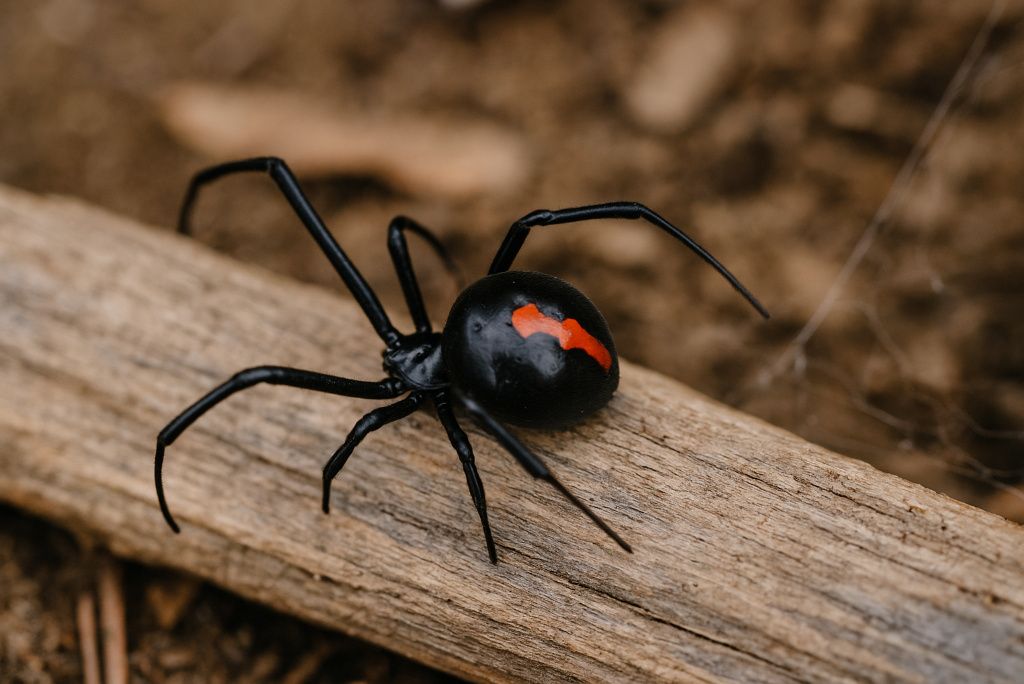
A close cousin of the southern species, the western black widow lives in the western U.S. It’s just as venomous, causing muscle cramps, sweating, and nausea if it bites. These spiders favor garages, woodpiles, and outdoor furniture. Keep areas tidy, wear gloves when handling debris, and shake out items before use. For identification and prevention, visit University of California Agriculture & Natural Resources.
9. Eastern Copperhead
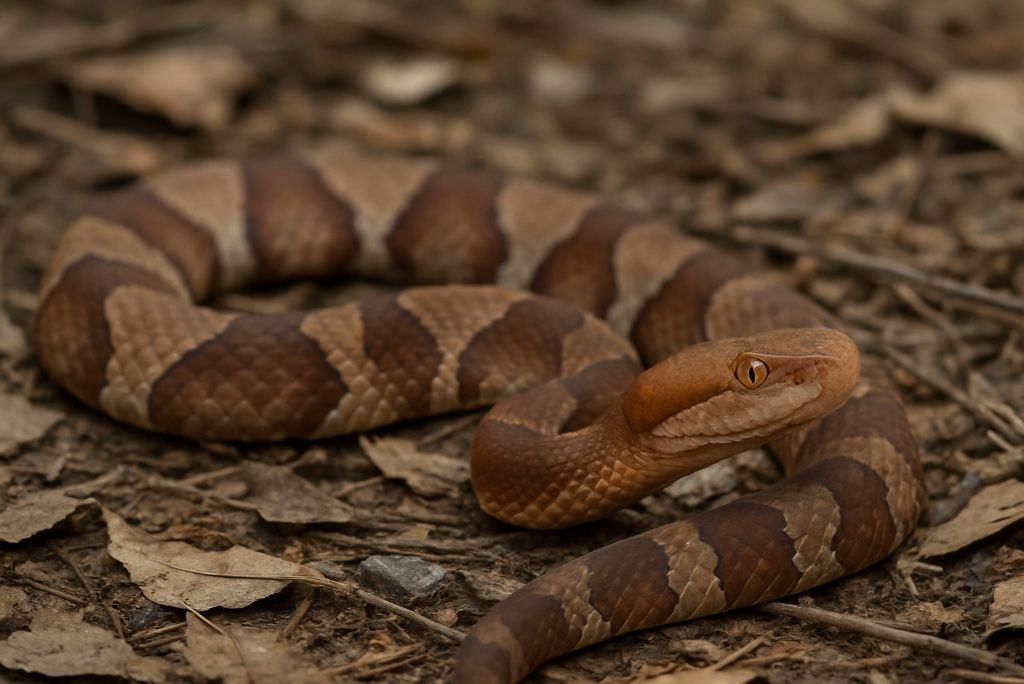
Eastern copperheads are widespread in the eastern and central U.S. They blend beautifully into leaf litter, making them easy to overlook. Their venom is hemotoxic, causing pain and tissue damage but is rarely fatal. Copperheads typically freeze or strike when threatened. Wear boots when hiking and watch where you place your hands or feet in wooded areas. For safe snake management, check Virginia Herpetological Society.
10. Yellow Jacket Wasps
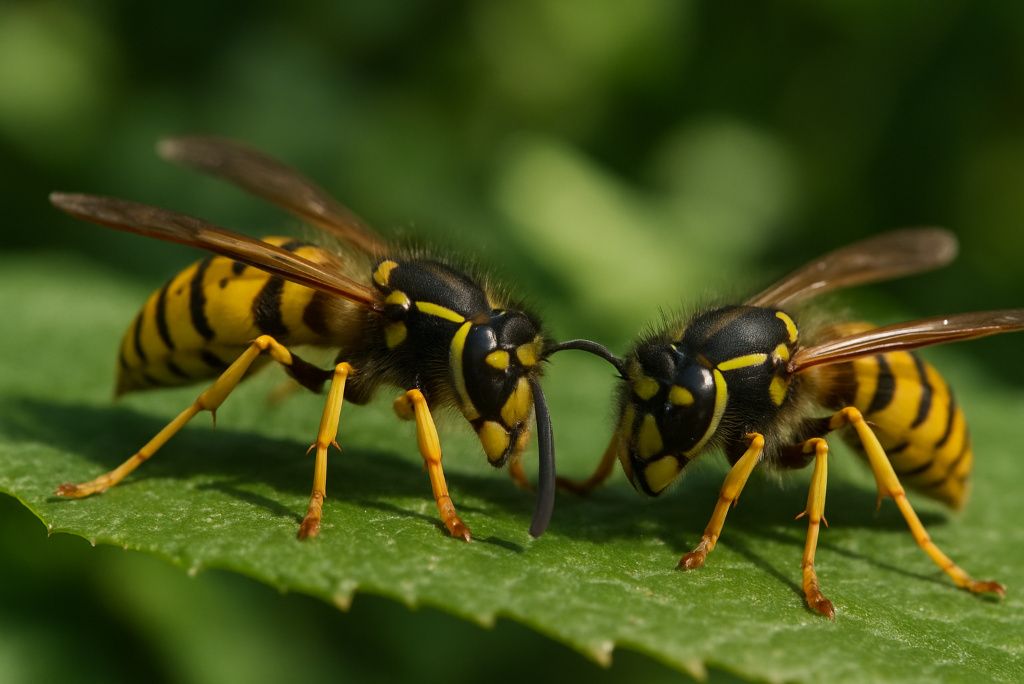
Yellow jackets are notorious for stinging repeatedly and can become aggressive, particularly late in summer. Their venom causes pain, swelling, and sometimes severe allergic reactions. These wasps build nests underground or in structures like eaves or attics. Avoid swatting at them, as this triggers defensive behaviour. Professional removal is safest for large nests. Read more from Purdue University Extension.
11. Millipedes
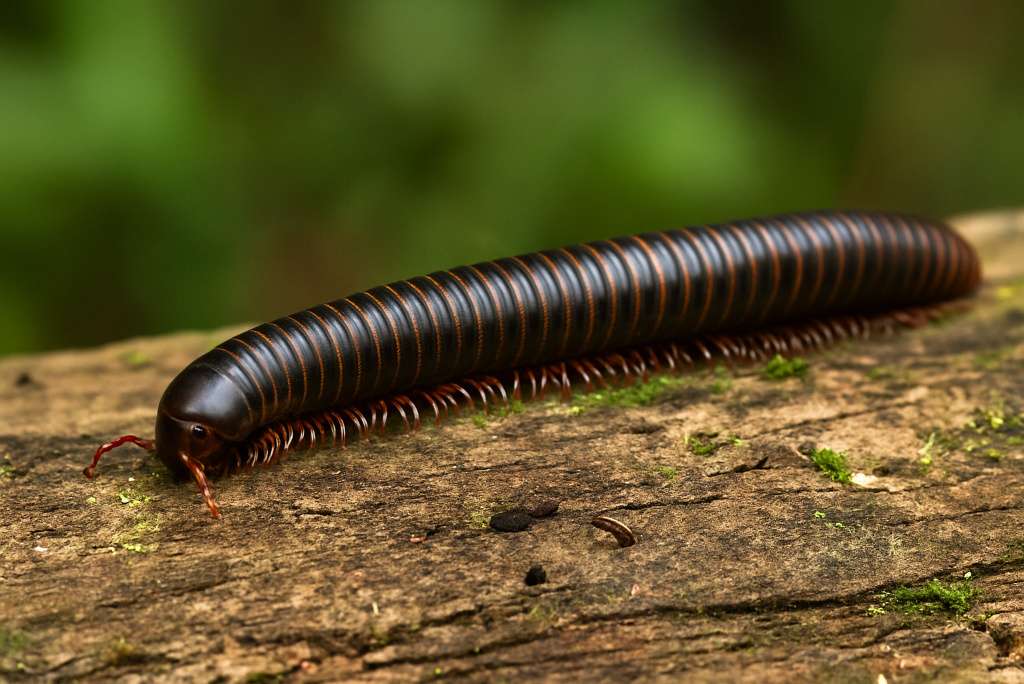
While often harmless, some millipedes release toxic secretions as a defence. These chemicals can cause skin discolouration, burning sensations, or eye irritation. Large species like the American giant millipede are more prone to defensive sprays. Wash skin immediately if exposed, and avoid touching your face. For detailed info, visit University of Kentucky Entomology.
12. Monarch Caterpillar
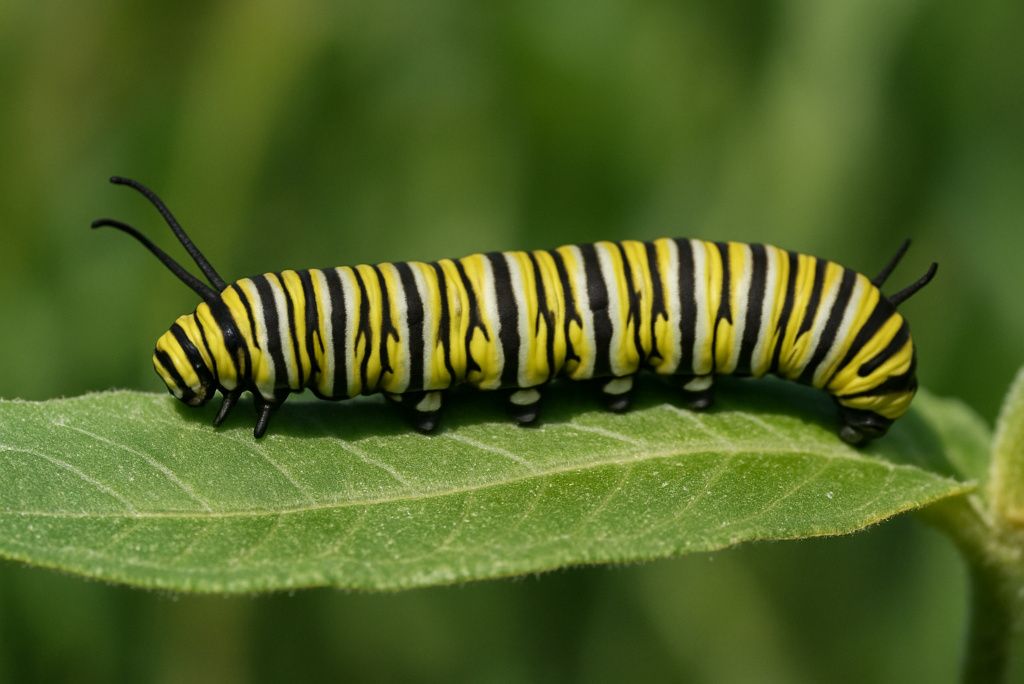
Monarch caterpillars feed on milkweed, absorbing cardiac glycosides, which are toxic if ingested by pets or curious children. While touching them isn’t dangerous, ingestion can cause nausea or heart issues. Encourage kids to look but not touch wildlife. Learn more from the Monarch Joint Venture.
13. Rough-skinned Newt

Rough-skinned newts, found in the Pacific Northwest, produce tetrodotoxin, the same deadly toxin found in pufferfish. Their skin can cause numbness or more serious effects if toxins enter cuts or are ingested. They’re harmless if left alone, so teach kids not to handle amphibians. For safety details, see Oregon Department of Fish and Wildlife.
14. Eastern Newt (Red-Spotted Newt)

The eastern newt, common in the eastern U.S., secretes skin toxins that can irritate mucous membranes or be mildly poisonous if ingested. While the risk to humans is low, pets may be more susceptible. These colorful amphibians thrive near ponds and woodland edges. Observe but avoid handling them. For more info, visit Maryland DNR.
15. Common Snapping Turtle
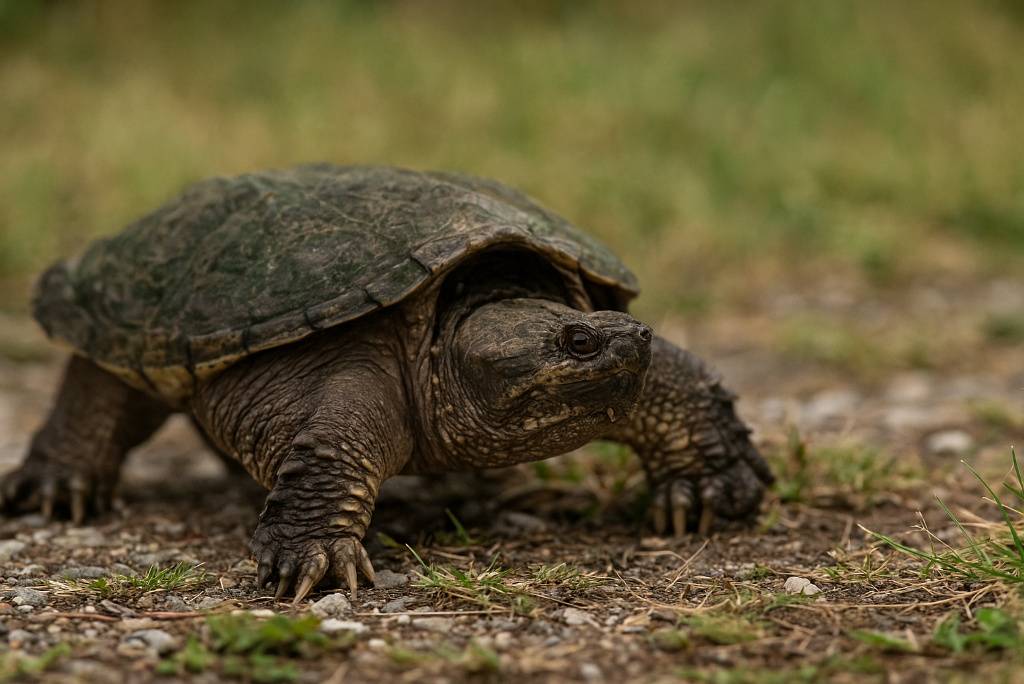
Although not venomous in the classic sense, snapping turtles have powerful jaws and can harbour bacteria like Salmonella. Bites can cause deep wounds and infections. They’re often found in suburban ponds or creeks. Never attempt to handle a snapping turtle unless trained, and always keep children and pets at a safe distance. Read about safe coexistence from the Missouri Department of Conservation.
Disclaimer: This content is intended for informational use only and should not be considered a replacement for professional medical advice, diagnosis, or treatment. If you suspect poisoning or an allergic reaction from an animal encounter, seek medical help immediately.

